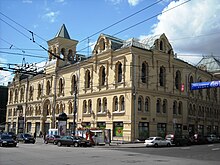The Water Integrator was an early analog computer built in the Soviet Union in 1936 by Vladimir Sergeevich Lukyanov. It functioned by careful manipulation of water through a room full of interconnected pipes and pumps. The water level in various chambers represented stored numbers, and the rate of flow between them represented mathematical operations. This machine was capable of solving inhomogeneous differential equations.

The Russian Academy of Sciences consists of the national academy of Russia; a network of scientific research institutes from across the Russian Federation; and additional scientific and social units such as libraries, publishing units, and hospitals.

Andrei Donatovich Sinyavsky was a Russian writer and Soviet dissident known as a defendant in the Sinyavsky–Daniel trial of 1965.

The Gerasimov Institute of Cinematography, officially the S. A. Gerasimov All-Russian University of Cinematography, a.k.a. VGIK, is a film school in Moscow, Russia.

The State Tretyakov Gallery is an art gallery in Moscow, Russia, which is considered the foremost depository of Russian fine art in the world.

The Russian avant-garde was a large, influential wave of avant-garde modern art that flourished in the Russian Empire and the Soviet Union, approximately from 1890 to 1930—although some have placed its beginning as early as 1850 and its end as late as 1960. The term covers many separate, but inextricably related, art movements that flourished at the time; including Suprematism, Constructivism, Russian Futurism, Cubo-Futurism, Zaum, Imaginism, and Neo-primitivism. In Ukraine, many of the artists who were born, grew up or were active in what is now Belarus and Ukraine, are also classified in the Ukrainian avant-garde.
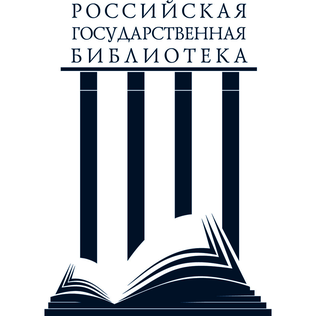
The Russian State Library is one of the three national libraries of Russia, located in Moscow. It is the largest library in the country, second largest in Europe and one of the largest in the world. Its holdings crossed over 47 million units in 2017. It is a federal library overseen by the Ministry of Culture, including being under its fiscal jurisdiction.

The Moscow Museum of Modern Art is a museum of modern and contemporary art located in Moscow, Russia. It was opened to public in December 1999. The project of the museum was initiated and executed by Zurab Tsereteli, president of the Russian Academy of Arts. In 2018, The Vadim Sidur Museum and Museum-Studio of Dmitry Nalbandyan are branches of the Moscow Museum of Modern Arts.

Kyiv Polytechnic Institute is a public technological university in Kyiv, Ukraine.

Viktor Yakovlevich Bunyakovsky was a Russian mathematician, member and later vice president of the Petersburg Academy of Sciences.

The MSU Faculty of Mechanics and Mathematics is a faculty of Moscow State University.

The State Prize of the Russian Federation, officially translated in Russia as Russian Federation National Award, is a state honorary prize established in 1992 following the breakup of the Soviet Union. In 2004 the rules for selection of laureates and the status of the award were significantly changed, making them closer to such awards as the Nobel Prize or the Soviet Lenin Prize.
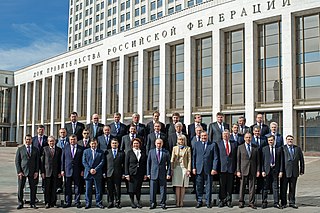
Vladimir Putin's Second Cabinet was a cabinet of the government of the Russian Federation following the 2008 Russian presidential election that resulted in the election of Dmitry Medvedev as the third President of Russia. The second President, Vladimir Putin, was appointed to the position of the Prime Minister of Russia. The cabinet followed Viktor Zubkov's Cabinet.

State University "Kyiv Aviation Institute" is a public aviation university in Kyiv, Ukraine.
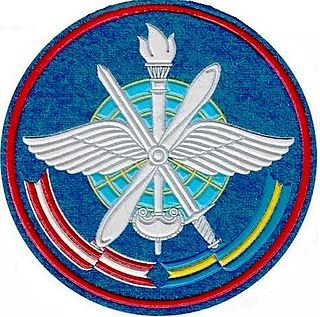
Gagarin Air Force Academy is a Russian military aviation academy located in Monino, Moscow Oblast.
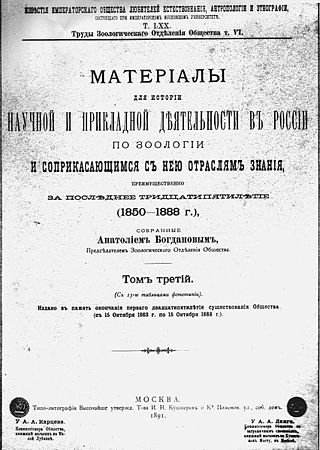
The Society of Devotees of Natural Science, Anthropology, and Ethnography was a public scientific organization in the Russian Empire and its successor states from 1863 to 1931. Members included scientists and professors but also educated laymen interested in the subjects as an avocation.

The Institute of Russian Realist Art (IRRA) is a private institution which brings back the public and social traditions of Russian artistic patronage. The IRRA museum and exhibition centre was opened on December 1, 2011 in one of the old buildings of the former cotton-printing factory built in the "Zamoskvorechye" district of Moscow at the end of the 19th century.
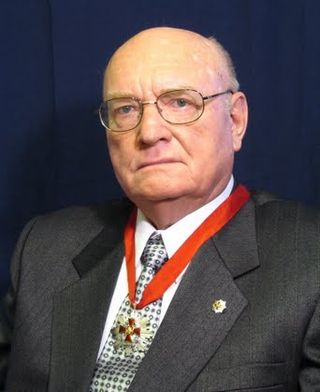
Alexey Petrovich Stakhov is a Ukrainian mathematician, inventor and engineer, who has made contributions to the theory of Fibonacci numbers and the "Golden Section" and their applications in computer science and measurement theory and technology. Doctor of computer science (1972), professor (1974). Author of over 500 publications, 14 books and 65 international patents.

The A.S. Popov Central Museum of Communications is a museum of science and technology founded in 1872. It is located in the historic centre of Saint Petersburg, Russia, near Saint Isaac's Square.

Gregory Ephimovich Shchurovsky was a 19th-century Russian geologist.
